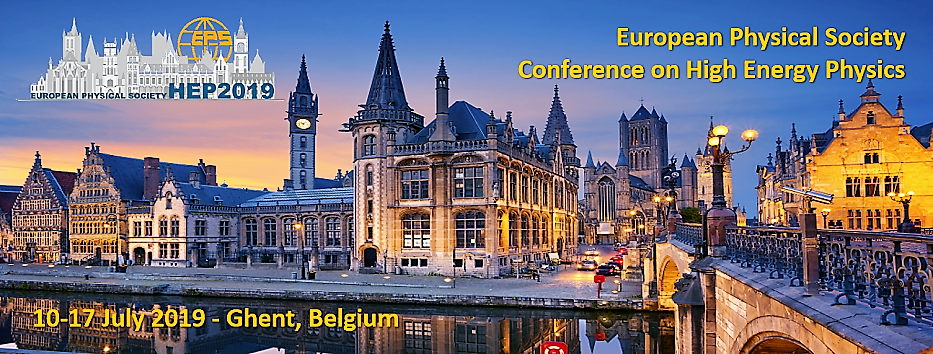Speaker
Description
The High Energy cosmic-Radiation Detection (HERD) facility has been proposed as one of several space astronomy payloads onboard the future China’s Space Station (CSS) aimed to detect charged cosmic-rays and gamma-rays from few GeV to PeV energies.
The main science objectives of HERD are searching dark matter particle, the study of cosmic ray chemical composition up to the knee and high energy gamma-ray observations.
HERD consists of a very thick (3 lambda, 55 X0) cubic calorimeter made of small LYSO cubic crystals allowing 3D reconstruction, a tracker consisting of silicon microstrip detectors and thin converter foils for gamma conversion and plastic scintillator plates for veto and charge measurements. HERD will extend high precision and high statistics measurement of cosmic ray spectra up to 1 PeV. It will also observe the gamma-ray sky from a few GeV up to 1 TeV contributing to multi-messenger astronomy together with ground-based high energy gamma-ray telescope (CTA, HAWC) and neutrino and gravitational waves detectors.




